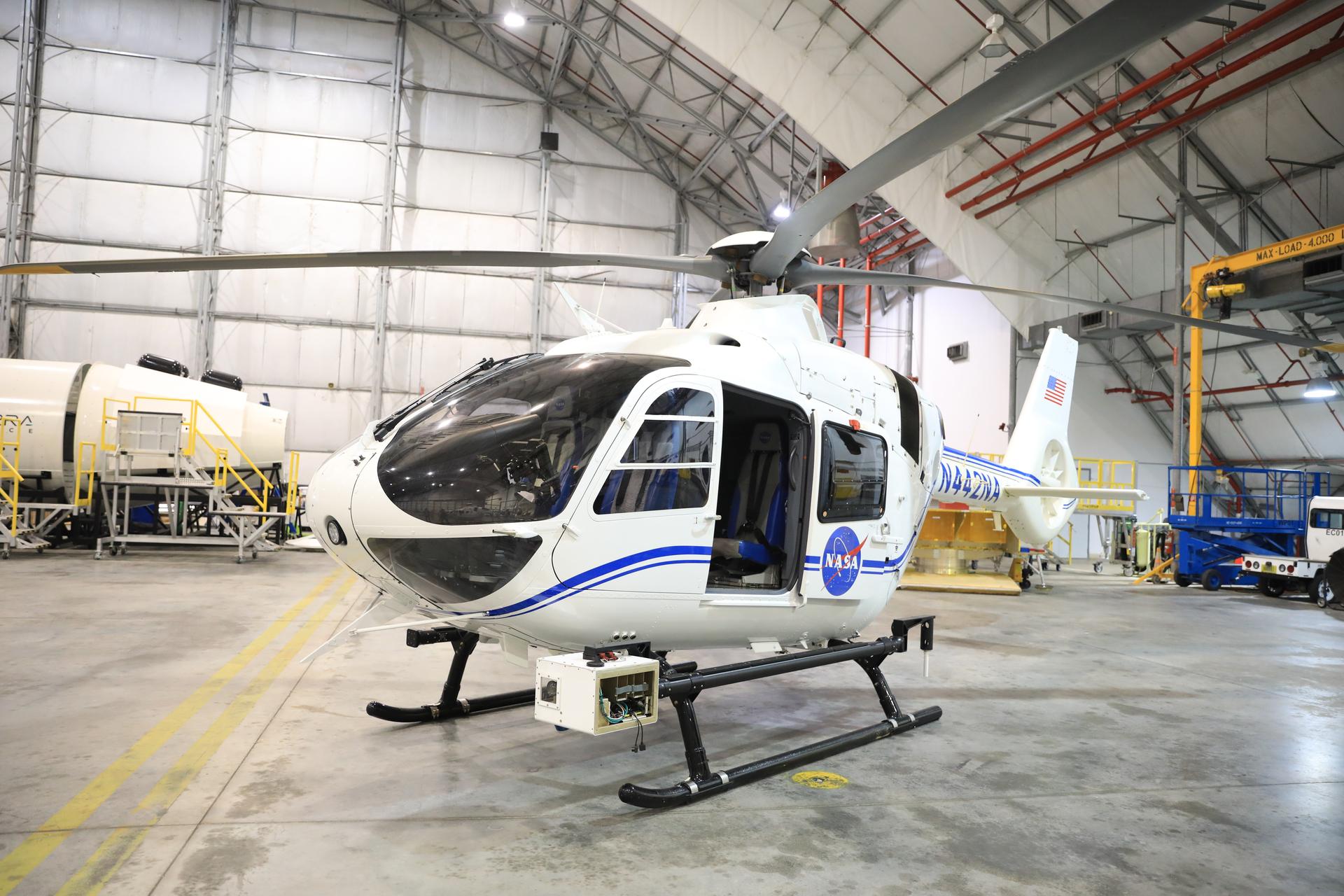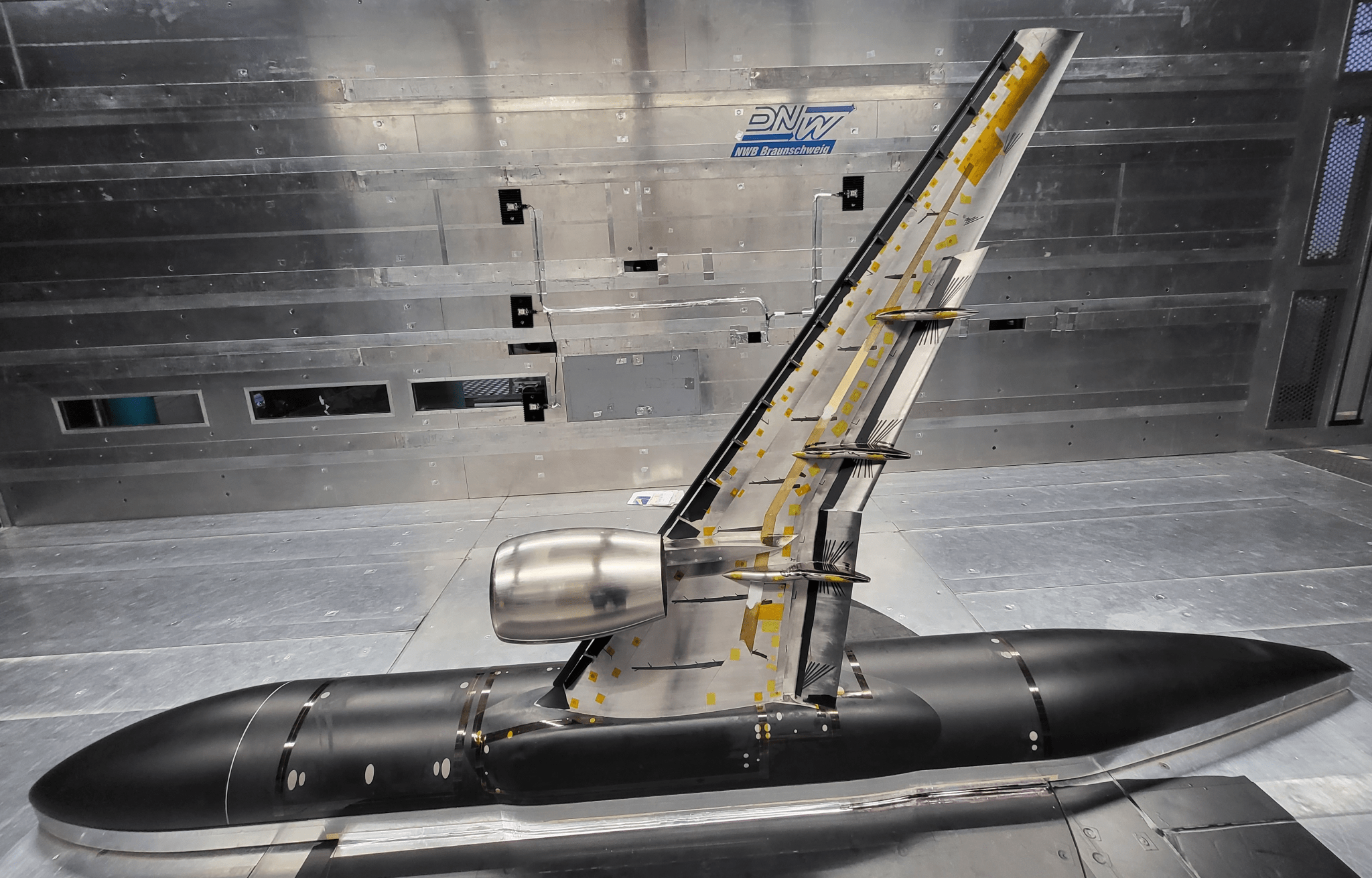3 min read Preparations for Next Moonwalk Simulations Underway (and Underwater) One of several NASA distributed sensing ground nodes is set up in the foreground while an experimental air taxi aircraft owned by Joby Aviation sits in the background near NASA’s Armstrong Flight Research Center in Edwards, California, on March 12, 2025. NASA is collecting information during this study to help advance future air taxi flights, especially those occurring in cities, to track aircraft moving through traffic corridors and around landing zones. NASA/Genaro Vavuris NASA engineers began using a network of…
Read MoreTag: Transformational Tools Technologies
NASA Develops Pod to Help Autonomous Aircraft Operators
The NASA Airborne Instrumentation for Real-world Video of Urban Environments (AIRVUE) sensor pod is attached to the base of a NASA helicopter at NASA’s Kennedy Space Center in Cape Canaveral, Florida in April 2024 before a flight to test the pod’s cameras and sensors. The AIRVUE pod will be used to collect data for autonomous aircraft like air taxis, drones, or other Advanced Air Mobility aircraft. NASA/Isaac Watson For self-flying aircraft to take to the skies, they need to learn about their environments to avoid hazards. NASA aeronautics researchers recently…
Read MoreGlobetrotting NASA Research Model Increases Accuracy
4 min read Preparations for Next Moonwalk Simulations Underway (and Underwater) The NASA 5.2% scale, semi-span version of the High Lift Common Research Model installed in the German-Dutch Wind Tunnels – Braunschweig Low-Speed Wind Tunnel in Braunschweig, Germany on May 4, 2023. NASA NASA and its international partners are using the same generically shaped wing design to create physical and digital research models to better understand how air moves around an aircraft during takeoff and landing. Various organizations are doing computer modeling with computational tools and conducting wind tunnel tests…
Read MoreAviary: A New NASA Software Platform for Aircraft Modelling
4 min read Preparations for Next Moonwalk Simulations Underway (and Underwater) Christopher Bennett, left, and Jason Kirk are seen in an Aeronautics Systems Analysis Branch laboratory at NASA’s Langley Research Center in Virginia, discussing computer code that is part of Aviary, a new digital modeling tool that helps engineers innovate new aircraft designs. NASA has created a new digital modelling tool for aeronautical engineers to innovate new aircraft designs, building on decades of experience using highly advanced computer code for aviation. Using this tool, researchers can create simulations of conceptual…
Read More

